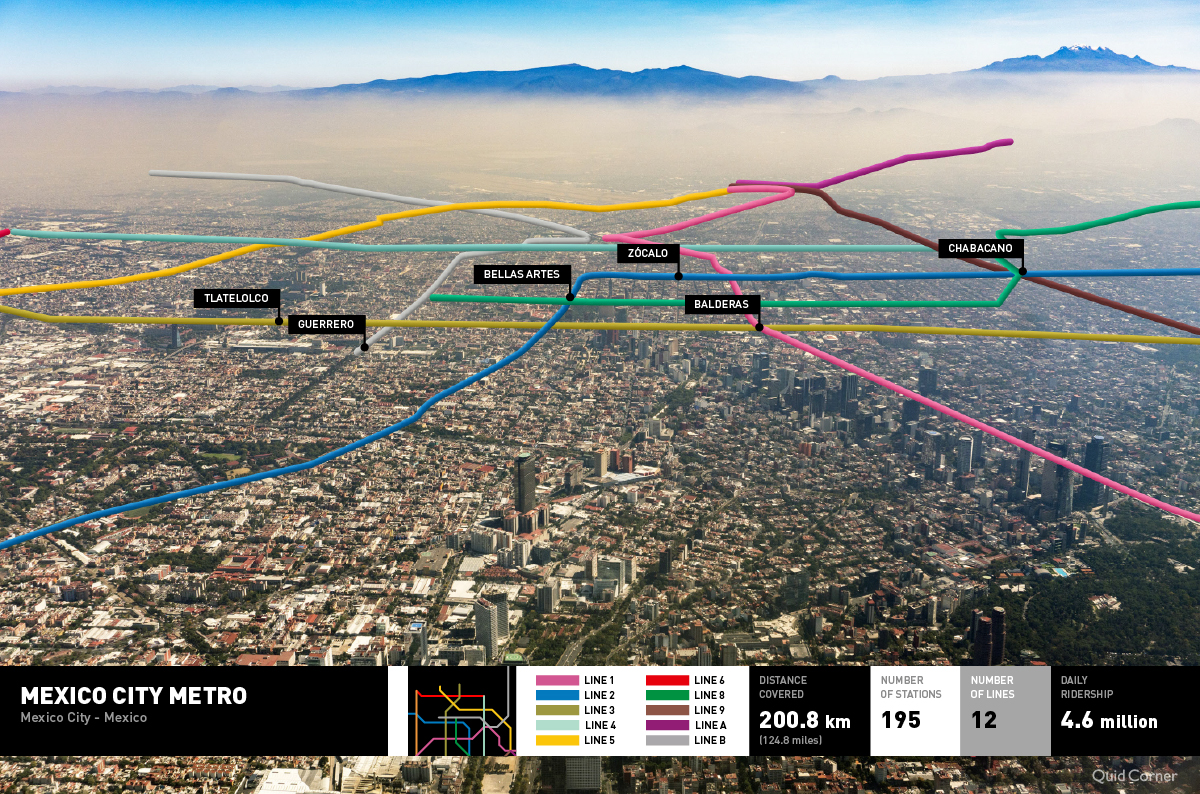design
In pictures: tracing metros from above
A new project commissioned by QuickQuid has (literally) brought to light some of the world’s oldest metro systems to show how they unfold across their cities. The team behind it, who worked to “peel the earth’s surface”, aimed to represent subway networks from an unconventional point of view. Adele Berti looks at what they revealed
All images courtesy of QuickQuid
Running underneath the foundations of a city, metro systems are intriguing yet disorienting worlds that have existed since the mid-19th century. While as passengers we’re naturally fascinated by the speed and efficiency with which some networks are run, on the other hand, not knowing our exact location as we pass through their tunnels can be bewildering.
Would they lose their magic if seen from above? In 2017, this question led planning theory and urban development researcher Martin Bangratz to superimpose an aerial picture of London with a realistic map of its intricate tube network.
His work caught the attention of British financial services company QuickQuid, who invited Bangratz and creative studio NeoMam Studios to render six of the world’s oldest metro systems from above.
Tokyo
From an underground perspective, Tokyo’s metro network is certainly one of the most hectic and intricate systems in the world, serving 13 billion passengers every year. As a result, it’s no surprise that 45 of the 51 busiest metro stations in the world are located in Japan, with the capital alone boasting 179 metro stations that span across 195km of tracks.
Tokyo authorities have been adopting the most creative solutions to make travelling underground smoother and discourage anti-social behaviour. These include the use of calming coloured LED panels, jolly alert signals and subliminal noises.
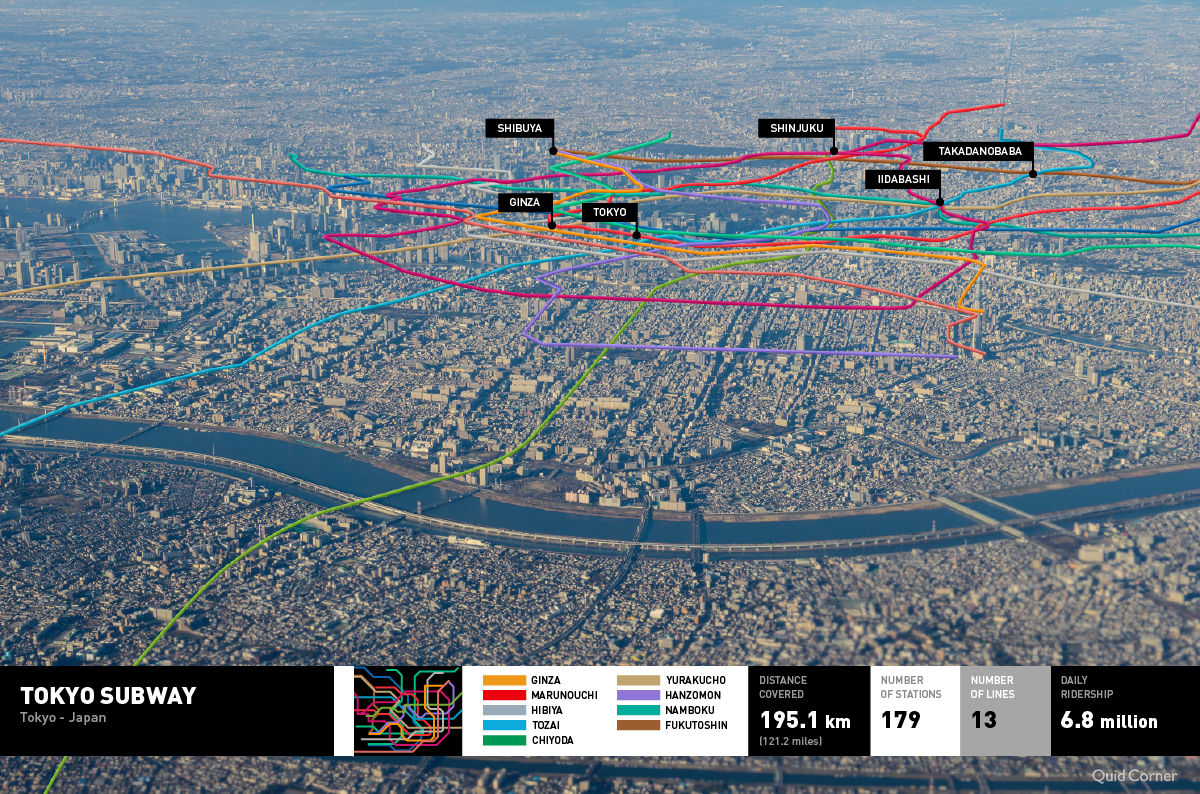
Berlin
Opened in 1902, Berlin’s U Bahn underground netwiork is the largest in Germany. Although its yellow subway cars have become iconic, the network’s honesty policy is equally emblematic.
Using the system, you won’t see gates nor inspectors at stations, so you’ll be able to easily hop on a train having purchased your ticket. But beware, if you’re caught without one more than once, chances are that you’ll join the 7,000 repeat fare evaders that end up in prison every year.
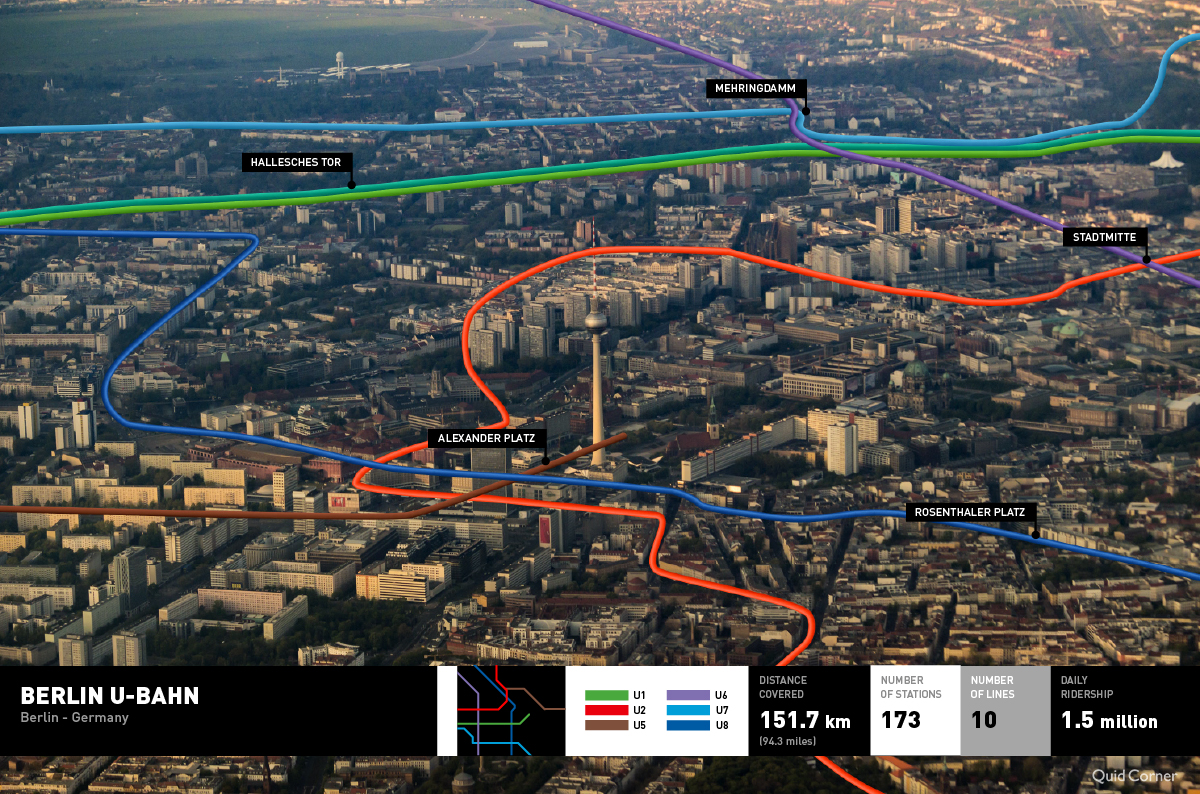
Glasgow
Operating since 1896, the Glasgow subway system is far easier to navigate than Tokyo and Berlin as it only serves 15 stations.
Nicknamed by residents the Shoogly Train – with the verb ‘to shoogle’ in local slang meaning to rattle – the network underwent an upgrade in the 1970s and was then reopened by the Queen.
The third oldest system in the world, Glasgow’s subway connects the city’s main hubs across the River Clyde with two different lines.
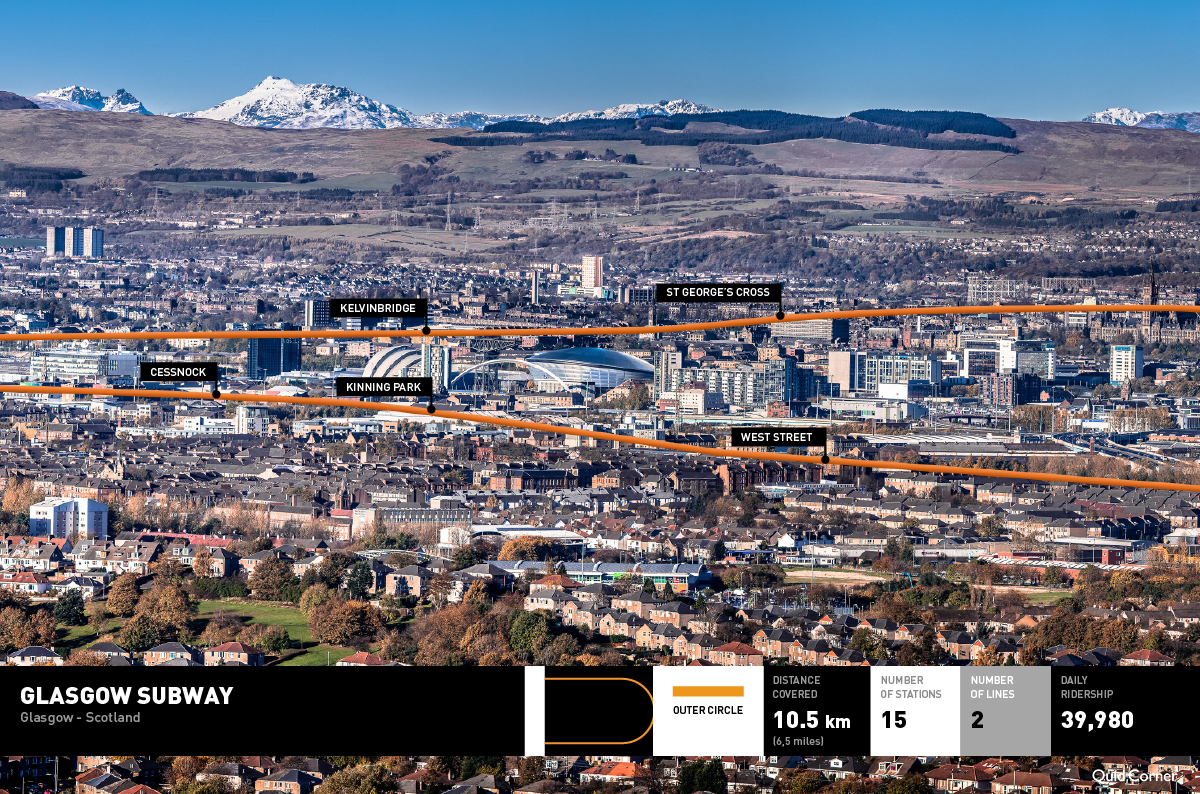
Boston
Just a year younger than Glasgow’s subway, Boston’s metro was the first to be launched in the US, providing a fast connection throughout the city and a warm shelter for citizens during the snowy winter period.
The network as we know it today has been extended outside Boston to reach the nearby cities of Cambridge, Newton, Revere, and Quincy.
At the time of its planning, in the late 19th century, the example set by London’s dark and dirty Tube did not initially convince Americans, who were sceptical towards adopting a similar system. However, the prospect of travelling across town without battling the elements eventually won over their hearts.
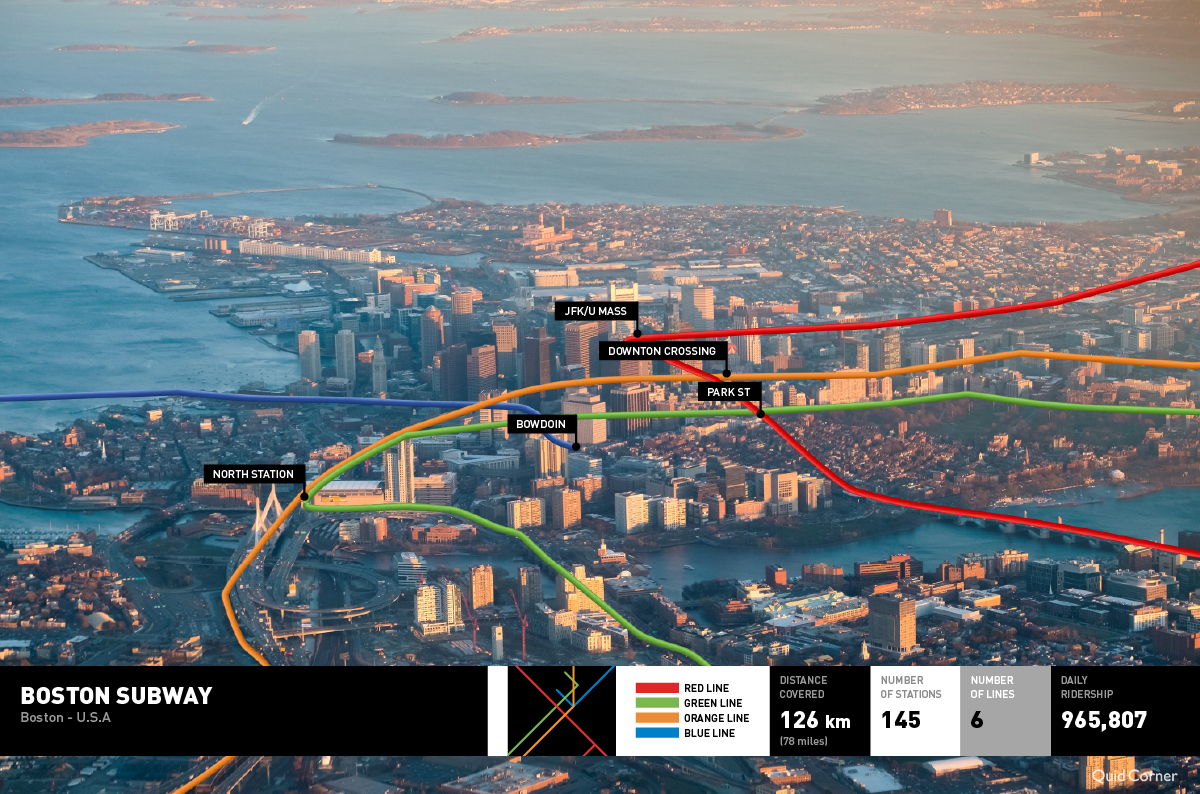
Moscow
Early plans to develop a metro system in the Russian capital date back to the Tsarist era, but Moscow had to wait until 1935 to see the network inaugurated by Joseph Stalin.
The Soviet leader’s strong influence can be seen in several stations across its network, which was then partially de-Sovietised after his death.
Now the busiest mass train system in Europe, the network features over 200 stations spread over an impressive 381km of tracks, with a daily ridership of almost seven million people.
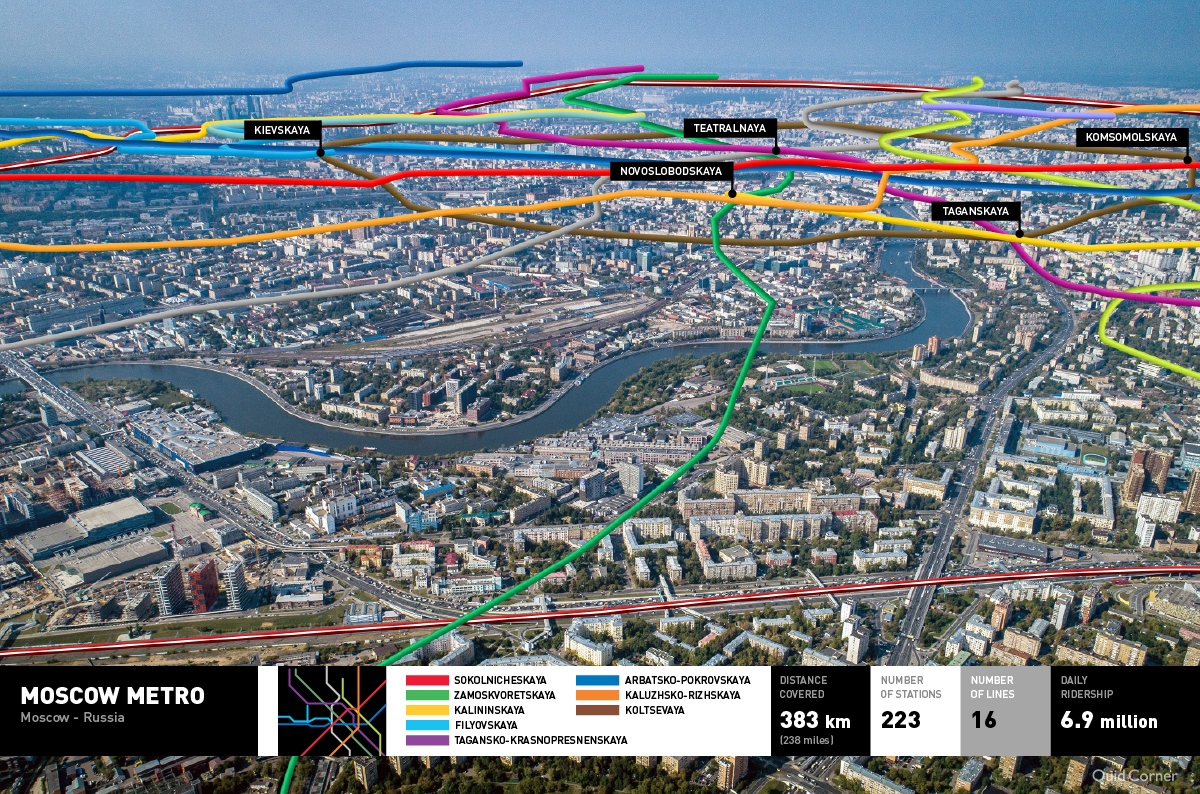
Mexico CITY
Since opening in 1969, Mexico City’s metro has passed from having one branch to 12 and today, it serves a total of 195 stations over 200km of tracks.
While it’s certainly not being the largest nor most complicated metro system in the world, it is nevertheless famous for its customer-focused services.
In fact, several trains on its line are rubber-tired, a feature that helps protect against earthquakes. Each of them also has a carriage entirely reserved for women and children designed to keep them safe.
Finally, every station of the network has its own identifying icon, which represents the days when literacy levels were much lower.
